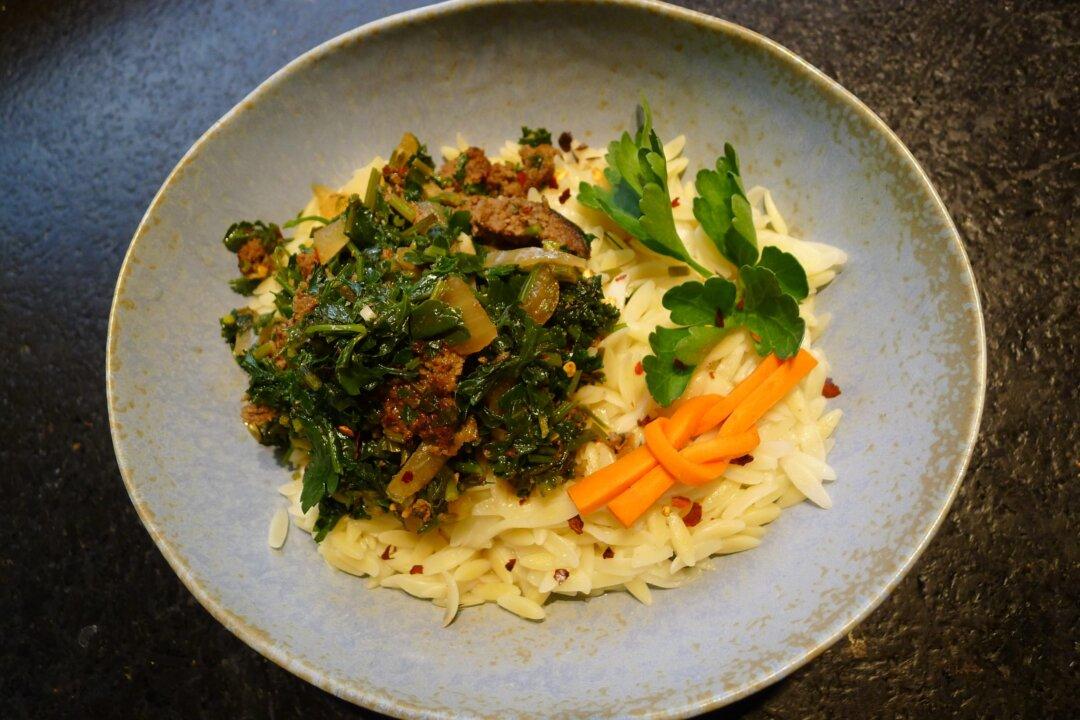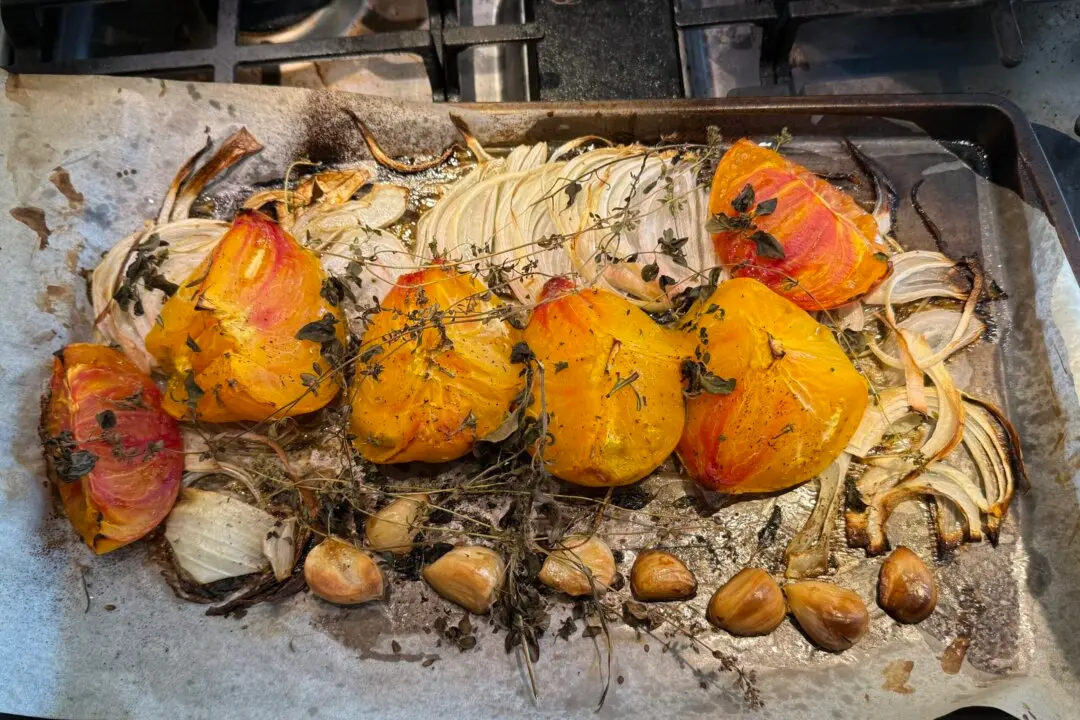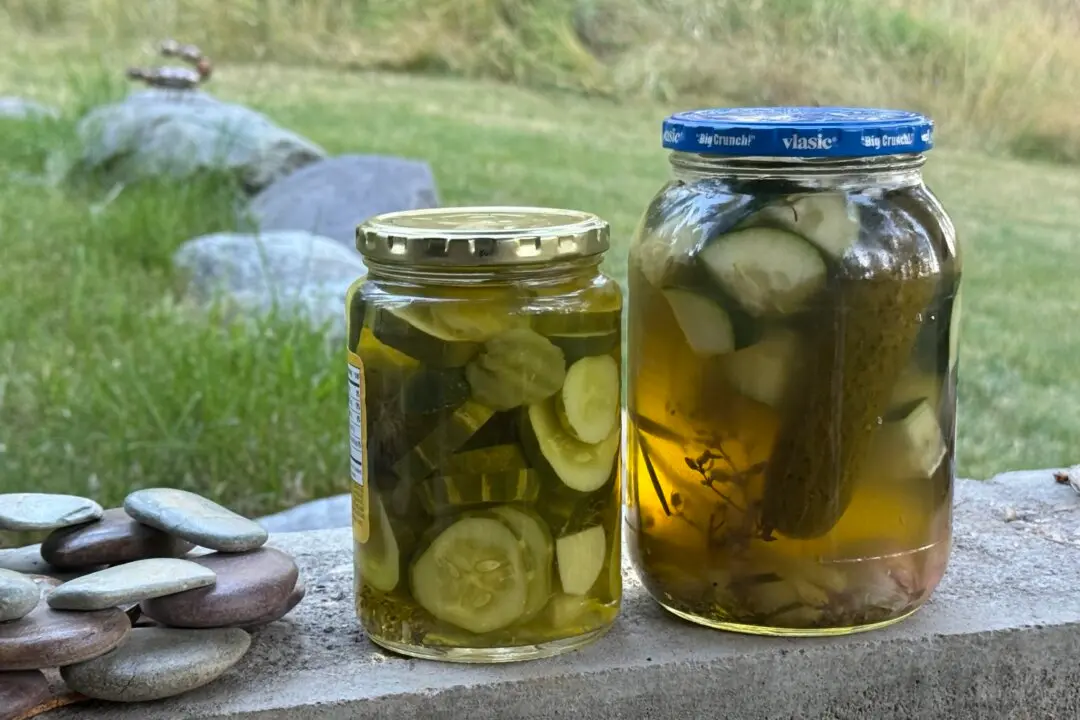The farm-to-table movement has pushed chefs to find creative ways to showcase the local harvest. Menus are loaded with information about where the ingredients came from and how they were treated, but the recipes themselves often struggle to keep the story going.
Dishes like roasted heirloom carrots or braised radicchio can sound pleasingly earthy, but are all too often boring, like overcooked, under-dressed salads. And some recipes try too hard, tap-dancing with foam-injections and quick pickles in dishes that don’t add up to more than the sum of their parts.





